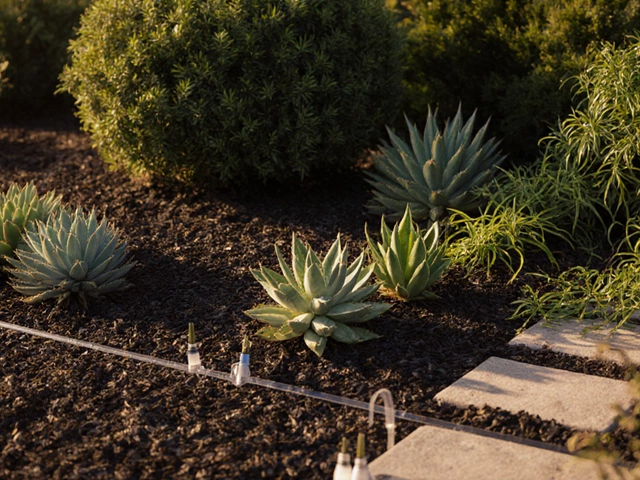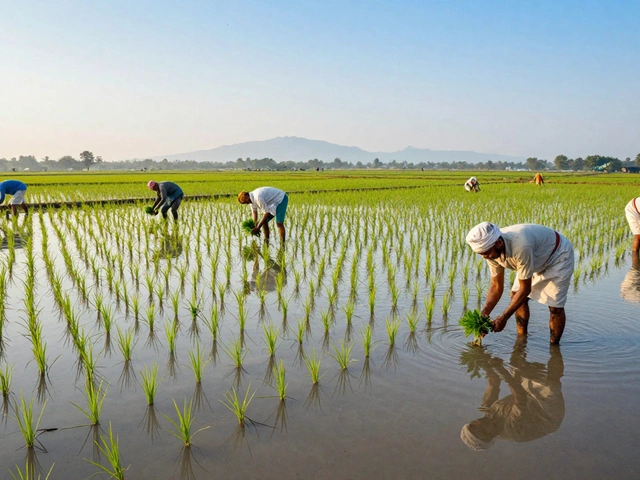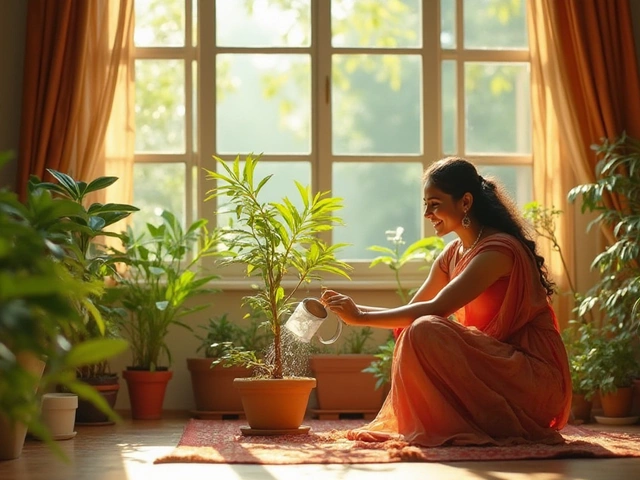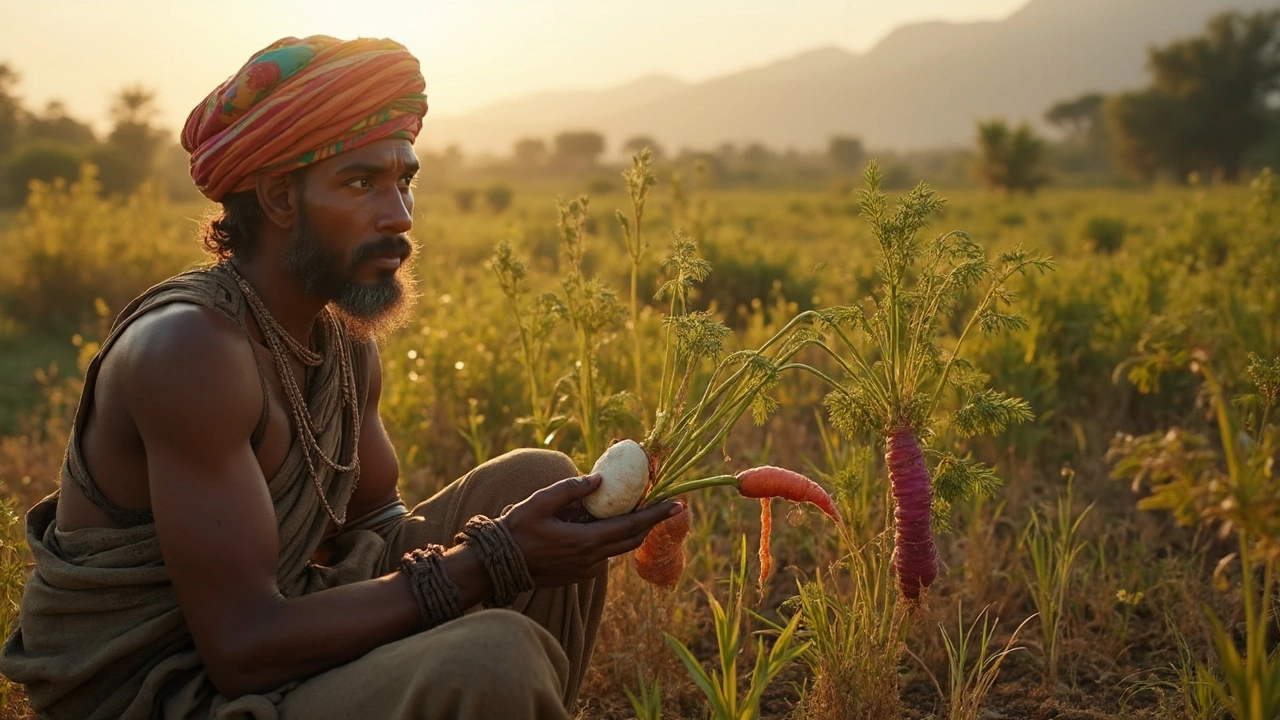Vegetable History: How Common Veggies Evolved in India
Ever wonder where your favorite veggies came from? In India, many vegetables have stories that stretch back thousands of years. Knowing a little about their past can help you grow them better today.
Ancient Roots of Indian Veggies
Archaeologists have found evidence of leafy greens like spinach and mustard leaves being cultivated in the Indus Valley around 3000 BC. These early farmers chose plants that could survive hot summers and monsoon rains. That’s why today you’ll see hardy varieties that tolerate both drought and water‑logged soils.
Rice, though technically a grain, is part of the story. Research shows that rice was first domesticated in the foothills of the Himalayas before spreading to the Ganges plains. The same process happened with beans and gourds – they started in wild form, were collected, and gradually improved through selection.
From Past to Plate: Modern Lessons
Fast‑forward to modern times, and the ancient choices still matter. Take broccoli, for example. It arrived in India from Europe in the 20th century, but today Indian farmers blend traditional practices with new tech to make it profitable. Our post “Broccoli Farming in India: Profit Secrets, Tips, and Market Dynamics” shows how a crop with foreign roots can become a local success.
The same idea applies to the world’s healthiest vegetable. Studies point to leafy greens like kale and methi (fenugreek) for their nutrient density. Our article “The World's Healthiest Vegetable” breaks down the science and tells you how to add those power foods to your garden.
Even the story of rice helps gardeners today. Knowing that rice once grew in the wild teaches us about soil preferences and water management. The post “Who First Discovered Rice? Tracing the Ancient Roots of Rice Cultivation” explains why certain soil types work best and how to mimic natural conditions.
When you plant, think like a history‑buff. Choose varieties that have survived the local climate for centuries. Look for seeds labeled “heritage” or “traditional”. These are often more resilient than fancy hybrids.
Another tip from the past: companion planting. Ancient Indian farms paired beans with corn and pumpkin to protect each other from pests. Our guide “Sister Plants: The Science and Benefits of Companion Planting for Gardeners” gives simple combos you can try right now.
Finally, remember that the way we store and use vegetables today has roots in old preservation methods. Fermenting carrots, drying bitter gourd, and pickling cauliflower are all practices that kept food safe before refrigeration. Knowing the why behind these tricks can make your kitchen faster and your garden more rewarding.
So next time you pull a carrot from the soil, think about the centuries of trial and error that made that orange root possible. Use that knowledge, mix old wisdom with new tools, and watch your garden thrive.
Are Carrots Native to India? History, Origins, and Surprising Facts
Discover whether carrots are truly native to India, explore their wild origins, ancient history, and how they’ve changed flavors and colors through time.
About
Gardening
Latest Posts


Spot Overwatering vs Underwatering: Your Indoor Plant's Vital Signs
By Alden Thorne Mar 19, 2025

How Long Does It Take Rice to Grow? Full Timeline from Seed to Harvest
By Alden Thorne Dec 19, 2025

Eco-Friendly Home Designs: Building for a Sustainable Future
By Alden Thorne Dec 2, 2024

